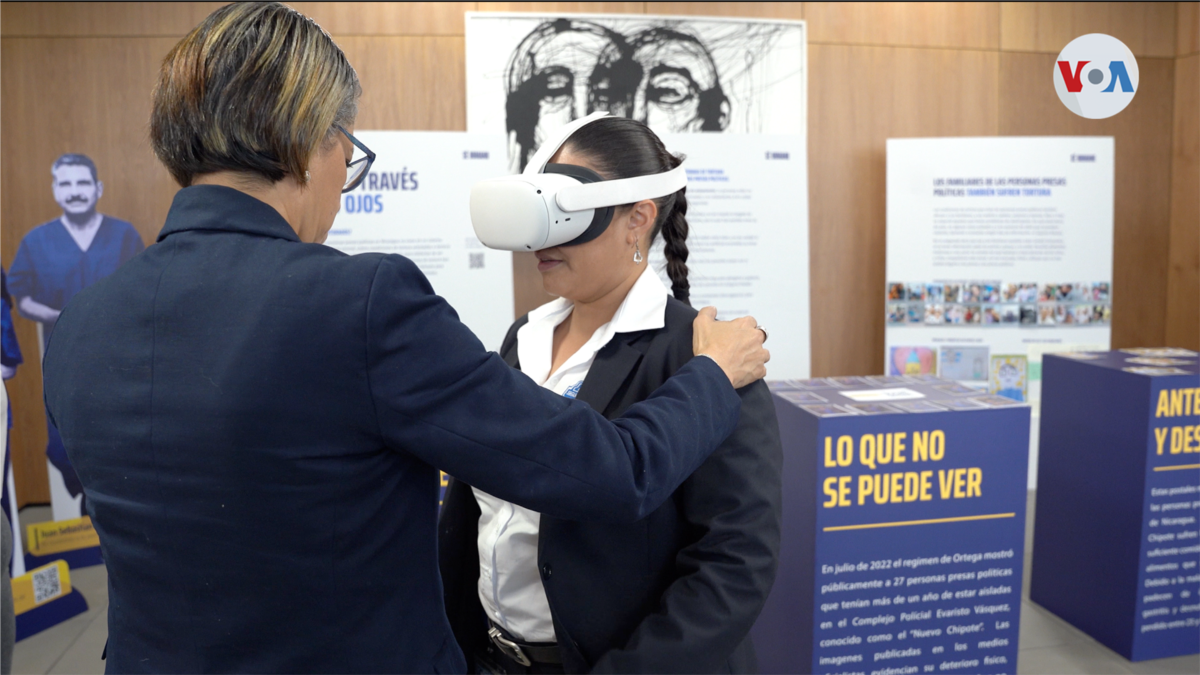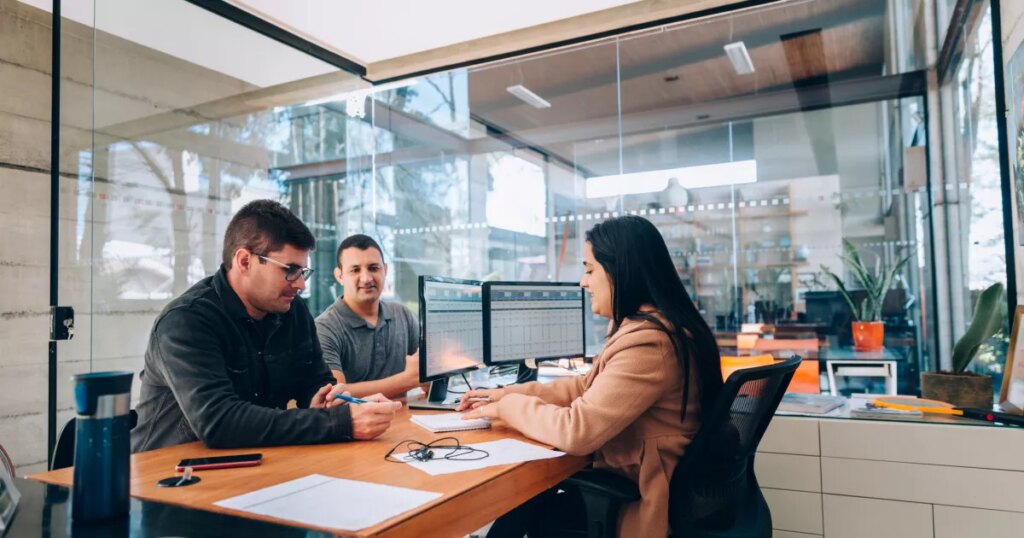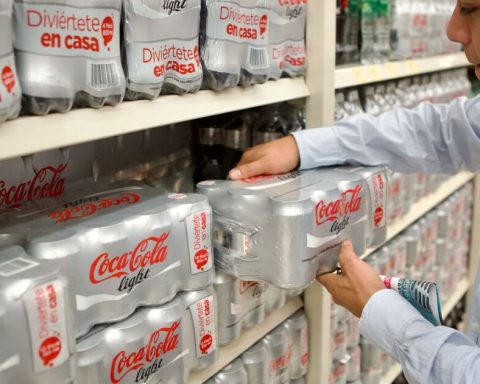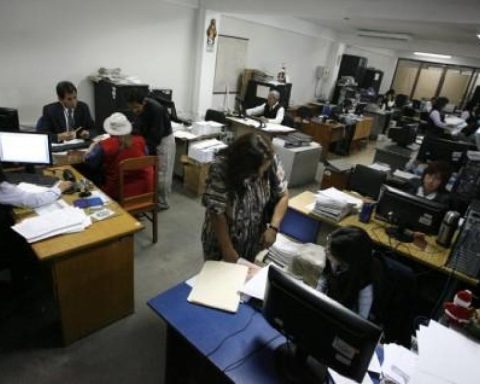Images of the physical deterioration in which the more than 219 political prisoners in Nicaragua are alleged to be, as well as messages from their relatives, and even a “virtual” cell will be presented for five days during an exhibition in the Legislative Assembly of Costa Rica as part of a campaign organized by Be humana non-profit organization.
The campaign that began this Monday and will end on Friday, November 18, seeks to “increase solidarity” at the international level, he explained to the voice of america, Alexandra López, from the organization Be Human.
The exhibition is located at the entrance to the Legislative Assembly of Costa Rica and visitors are given an introduction to who the detainees are, including priests, students, peasants, journalists, businessmen and even former candidates for the presidency of Nicaragua.
Later there are three stops for visitors. The first shows images of how the political prisoners were before their arrest and how they are currently; At this stop there are photographs of drawings of the children of the prisoners, who in some cases have not been able to hug their relatives for more than a year, as is the case of the journalist Miguel Mendoza.
There are also messages of the fears that the relatives of the prisoners have embodied in the exhibition. “I’m afraid they’ll kill him,” says one of the signs written by a relative.
In the second stand, which is called “What cannot be seen”, the conditions are made visible, they say, some prisoners have who, in their opinion, have been subjected to a kind of “white torture”, which is a type of modern torture that makes that the detainee loses personal identity through long periods of isolation.
a virtual jail
And in the third stand there are “virtual reality” glasses where the size of a cell is measured in the maximum security prison where most of the inmates are found in “el Chipote”, in Managua.
“You look at Chipote’s cells through your eyes. There are two bunk beds, the hole where they relieve themselves, upstairs a light on all day so they lose track of time. Noises are heard, which are minimal, dripping, among other things, ”she explained to the WOW, Alexandra Lopez.
Sebastián González, legislative advisor of the National Liberation Party, was one of those who attended the exhibition and used the virtual reality glasses.
“I was very impressed by seeing the prison space through the lenses, realizing that it is a space in which either there is a fixed light or there is no light at all. It is not known if it is day, if it is night. There is no space to cover essential needs, so it is very shocking because, just seeing the replica through the glasses, it is already suffocating. You can’t even imagine living in that situation in reality,” González said.
Deputy Montserrat Ruiz Guevara, president of the Human Rights Commission of the Costa Rican Legislative Assembly, is one of those who promoted the initiative in order to “denounce the Ortega-Murillo regime,” whom she points out as a government that “Not only does it violate people’s human rights, but it also murders its critics.”
“From my office we seek to make visible all these political prisoners who are today in subhuman conditions, torture and that it is necessary for us, the Costa Rican people, to see what the neighboring country is going through to continue denouncing it and take more forceful actions with respect to it. this Ortega-Murillo dictatorship,” he told the VOA Deputy Montserrat.
The government of President Daniel Ortega has denied that there are political prisoners in the Central American country and that human rights are violated, however it has branded the detainees as “criminals” and “sons of bitches” because, according to him, they tried to hit him of State to his government during the protests in 2018, which left more than 300 dead, and a serious sociopolitical crisis.
Connect with the Voice of America! Subscribe to our channel Youtube and activate notifications, or follow us on social networks: Facebook, Twitter and instagram.

















